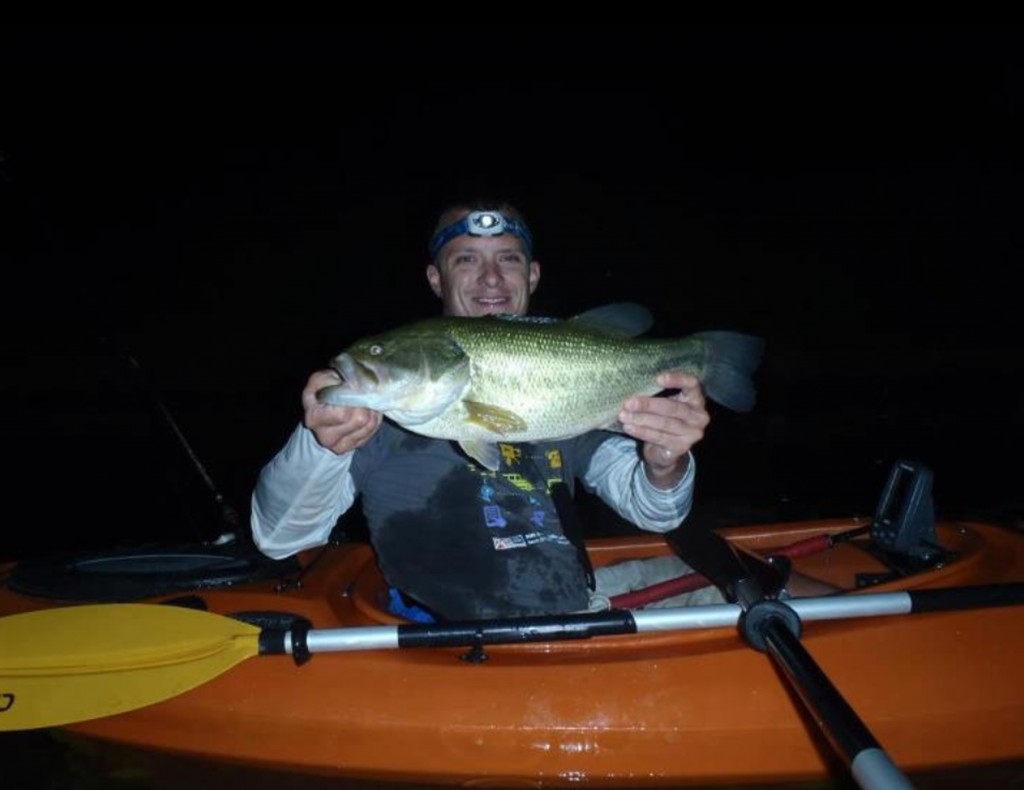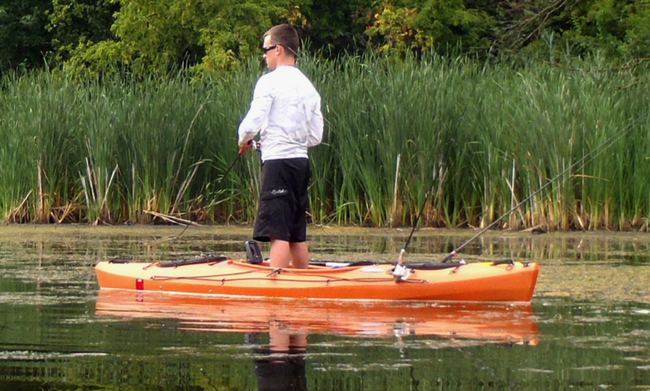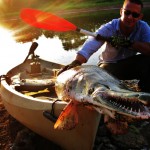Like many anglers who become serious about fishing and try turning their passions into a reality, I spent the last couple years dreaming of buying a boat. Planning for such a purchase required lots of strategy as I did not want anything very big. Living in Northern Illinois where lakes are few and restricted by horsepower or electric-only limits, I am limited to owning small watercraft. For this, and to save my bank account, a simple aluminum v-hull or a jon boat could have suited me perfectly, and then been customized to fit my exact needs.
Until this past February, I had every intention of purchasing a boat and trailer to be towed behind my SUV. But then some storytelling got in the way of that plan happening. Fellow Fishing-Headquarters contributor and writer, Bryan Blazek, began talking to me about his successful kayak fishing trips. According to him, a properly rigged kayak can do everything a small boat can do, performance-wise. In many cases, a fishing kayak is substantially easier to transport and then fish out of. Thanks to my friend’s good word, I soon changed my mind about customizing an old boat and quickly got into the kayak game.
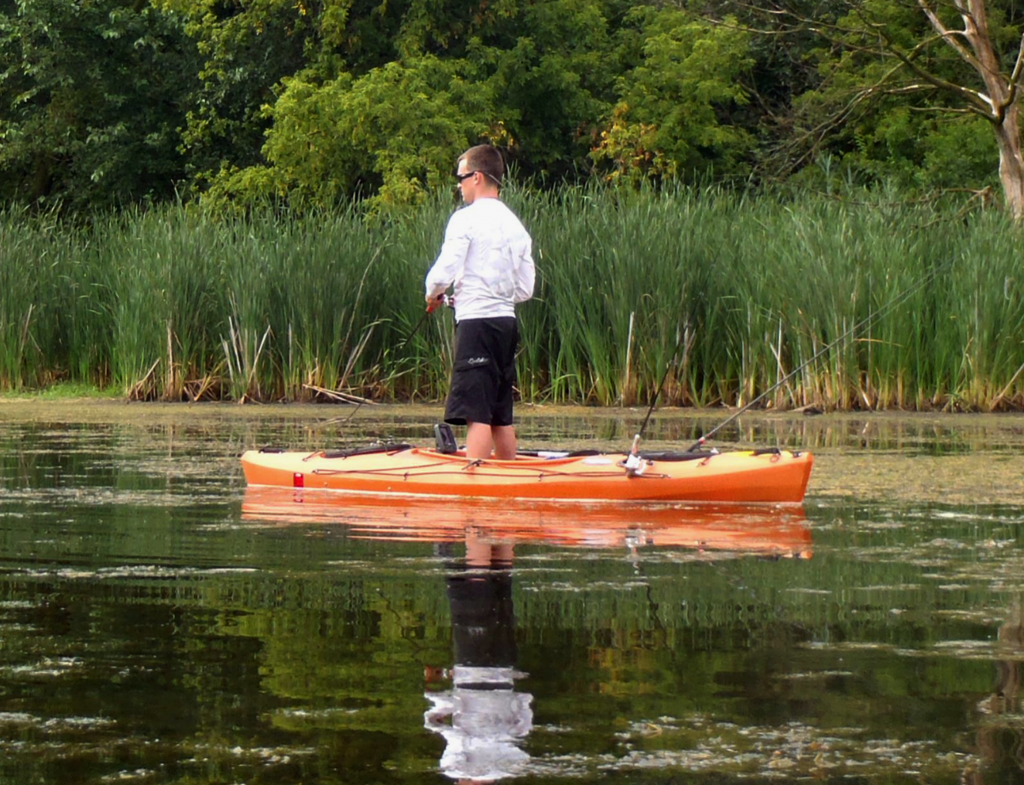
Following thorough research, the kayak I decided to purchase was the Old Town Camden Angler 120. This model kayak comes in at 12 feet, six inches in length. It is fully rigged with two rod holders, one trolling motor mount, a GPS/fishfinder mount, cup holder, anchor trolly, and two dry hatches. Thanks to these accessories, which were a major purchase factor, I did not have to modify this craft in order to improve its fishability. My Camden Angler surely fits a lot of gear as I can bring multiple rods and reels, and comfortably pack four 3500 series Plano storage boxes and place them within easy reach.
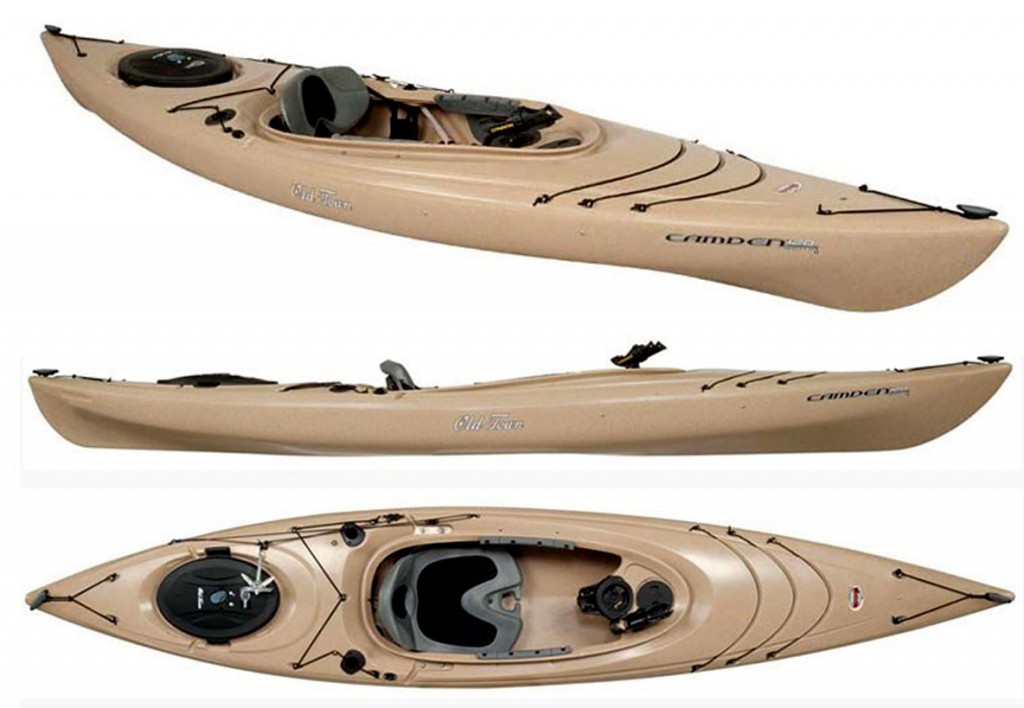
Besides having all the features I’d ever need to outfit the kayak for a full day of fishing, the Camden Angler is a “sit-in” model. This means I am entirely inside of the kayak when fishing. Most kayak fishermen claim that a “sit-on” kayak, where you are essentially on top of the kayak, is a better option due to stability. But in my opinion, a “sit-in” suits my needs better because it keeps me protected from the elements. I get sprayed less while paddling through wind and waves, and I don’t absorb as much of a daily pounding either. I could not have been happier with my decision of purchasing a fishing kayak since it has led to a great season of fishing where a boat simply would not have worked.
My 2012 kayak fishing season began on the smaller lakes for bass. The Old Town was taken everywhere, including the small channels and puddles used by shallow water spawning bass. We had a dry, mild winter here in the Midwest, and water levels everywhere were dangerously shallow for the first couple months this spring. I recall a number of times where nonexistent boat landings were present, I had to ford the shallow waters of my access area in order to actually launch! I encountered tons of these situations and if I had the small boat I made plans to get instead of a fishing kayak, fishing some of these places could have been impossible for me.
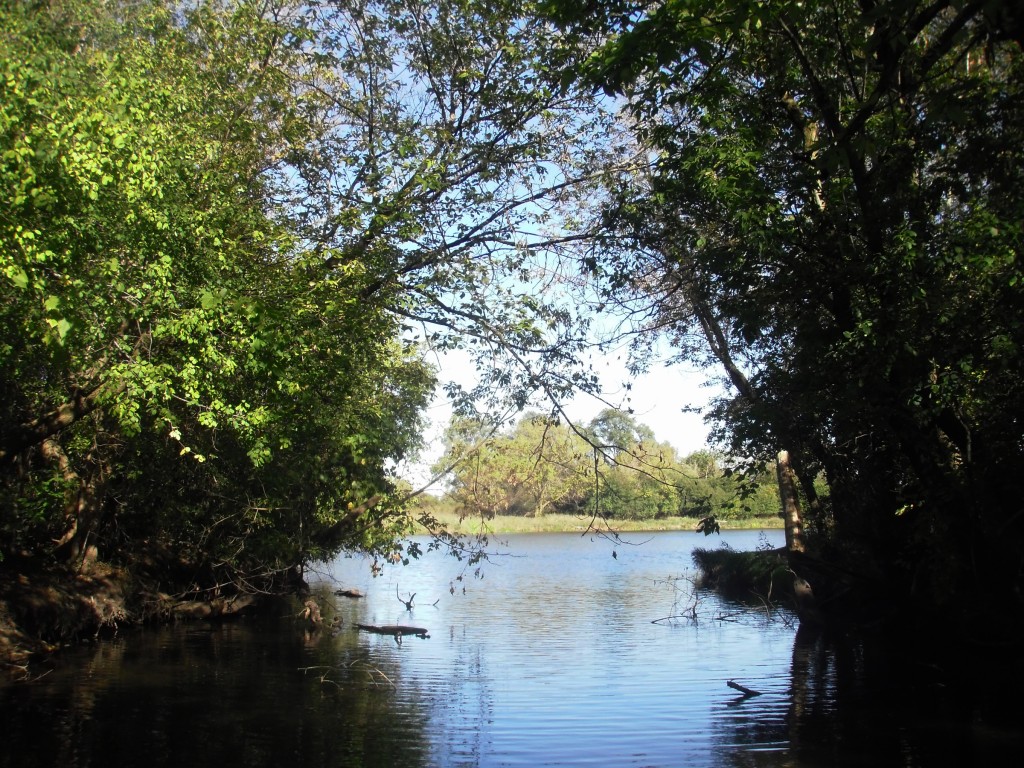
Throughout the summer months, my strategy was to locate virgin water (to me at least), and explore its underfished territories. Several new bodies of water were fished this year and so many new things were learned that could not have been discovered otherwise.
The biggest benefit of fishing from a kayak is the stealth factor. Since kayaks are powered entirely by manually paddling, and occasionally by electric trolling motor, it was so stealthy that I could fish the extreme shallows of any lake, and hover over schools of minnows and panfish without spooking them. I was able to fish and navigate through much shallower water than any boat ever could. Following these shallow schools of baitfish and pounding the skinny-water shallows resulted in some great days on the water.
By the time the dog days of summer came, the water levels of my lakes and ponds became lower and lower. When I purchased the kayak, I did not expect to encounter record low levels water levels. But in the end, these adverse conditions ended in my favor. When a boat could not be launched due to drought or shallow water levels, as some lakes were down by 6 feet, my kayak had to be walked out into from shore, and then pushed out into the water.
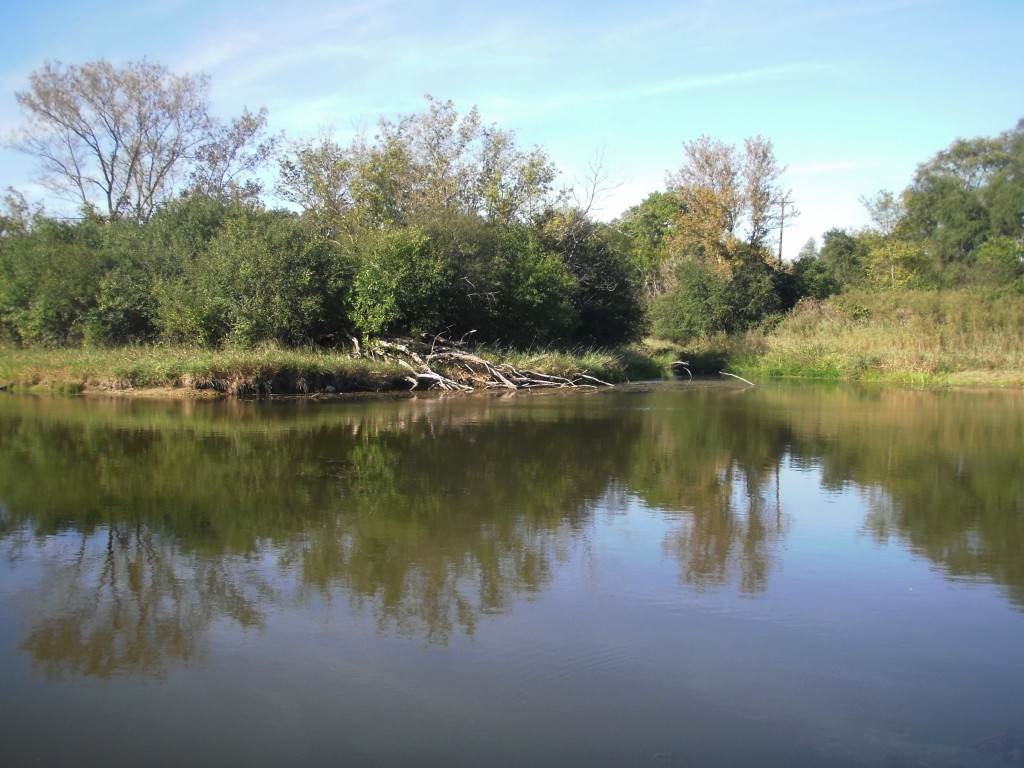
These adverse conditions of summer 2012 allowed me to fish anywhere I wanted to. If it weren’t to extreme heat and oppressive water temperatures, I had intentions to musky fish with the kayak. But with the triple-digit temperatures we had most of July and August, I could not fish for them due to fear of stress, lactic acid buildup, and delayed mortality following release. Thankfully, bass and panfish were still plentiful as an alternative plan. I caught more and bigger panfish this summer than I ever had in the past. I was able to read my Lowrance Elite 4x and find suspended fish. Coupled with a new ultra light rod and reel I purchased, I had a blast fishing for species I have never targeted on purpose before.
Now that summer has closed and fall is making its way, I only see the upcoming weeks getting more productive, and the kayak seeing more water. After a rainy last few weeks, water levels have finally returned to normal, and water temperatures have cooled down from the high 80’s that peaked throughout much of summer.
In the coming weeks, my kayak will see more water and hopefully many big fish. In order to make that happen, the plan would be to add navigation lights so I can safely fish the harbors of Lake Michigan for the salmon run. If this happens, I will further prove how versatile the kayak is for multi-species fishing.
